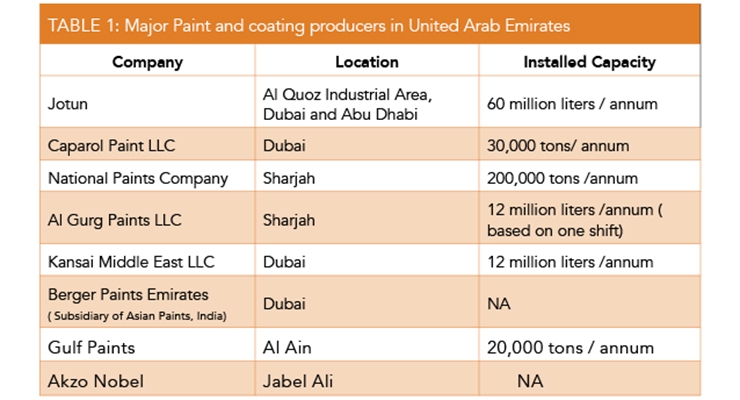Variables To Take Into Consideration For Industrial Outside Paint By Season: Important Details You Must Have
Variables To Take Into Consideration For Industrial Outside Paint By Season: Important Details You Must Have
Blog Article
Short Article Composed By-Regan Bagger
When you're planning an industrial exterior paint task, seasonal aspects can make or break your outcomes. You'll wish to consider how temperature level and humidity effect paint application and drying times. Choosing Suggested Online site can ensure your paint sticks appropriately and lasts much longer. But which seasons are really the best for this sort of work? Let's check out the key elements that can impact your task's success.
The Effect of Temperature Level on Paint Application
When you're planning an industrial external paint project, the temperature can substantially influence just how well the paint sticks and dries out.
Preferably, you intend to repaint when temperature levels range between 50 ° F and 85 ° F. If it's too chilly, the paint may not cure effectively, causing problems like peeling off or splitting.
On the flip side, if it's also warm, the paint can dry as well promptly, avoiding proper bond and leading to an irregular surface.
You need to additionally take into consideration the time of day; morning or late afternoon uses cooler temperatures, which can be extra beneficial.
Constantly check the producer's recommendations for the particular paint you're using, as they frequently give advice on the perfect temperature level range for ideal outcomes.
Humidity and Its Impact on Drying Times
Temperature isn't the only ecological aspect that influences your industrial exterior paint project; humidity plays a significant duty also. High humidity degrees can reduce drying out times significantly, affecting the general quality of your paint task.
When the air is filled with dampness, the paint takes longer to treat, which can result in concerns like poor attachment and a greater threat of mildew development. If you're painting on a specifically damp day, be prepared for extensive wait times between coats.
It's critical to keep an eye on local climate condition and strategy as necessary. Ideally, go for moisture degrees between 40% and 70% for optimal drying out.
Keeping these factors in mind ensures your task stays on track and provides a long-term surface.
Best Seasons for Commercial Outside Paint Projects
What's the best season for your commercial external paint tasks?
Springtime and very early autumn are commonly your best options. Throughout these seasons, temperature levels are light, and humidity degrees are typically reduced, developing perfect problems for paint application and drying.
Avoid summertime's intense heat, which can create paint to dry also rapidly, resulting in inadequate attachment and finish. Similarly, winter's chilly temperatures can prevent appropriate drying and treating, risking the long life of your paint job.
Aim for days with temperature levels in between 50 ° F and 85 ° F for optimum outcomes. Keep in mind to inspect the neighborhood weather report for rainfall, as wet conditions can ruin your job.
Preparation around these aspects ensures your painting project runs efficiently and lasts longer.
Final thought
To conclude, intending your commercial exterior paint projects around seasonal factors to consider can make a considerable distinction in the outcome. By organizing https://www.realsimple.com/home-organizing/home-improvement/painting/exterior-paint-colors-rule throughout the optimal temperature levels and humidity degrees, you'll guarantee much better adhesion and drying times. Keep in mind to keep an eye on regional weather report and pick the right time of year-- spring and early loss are your best options. Taking these actions will certainly help you accomplish a sturdy and professional surface that lasts.
